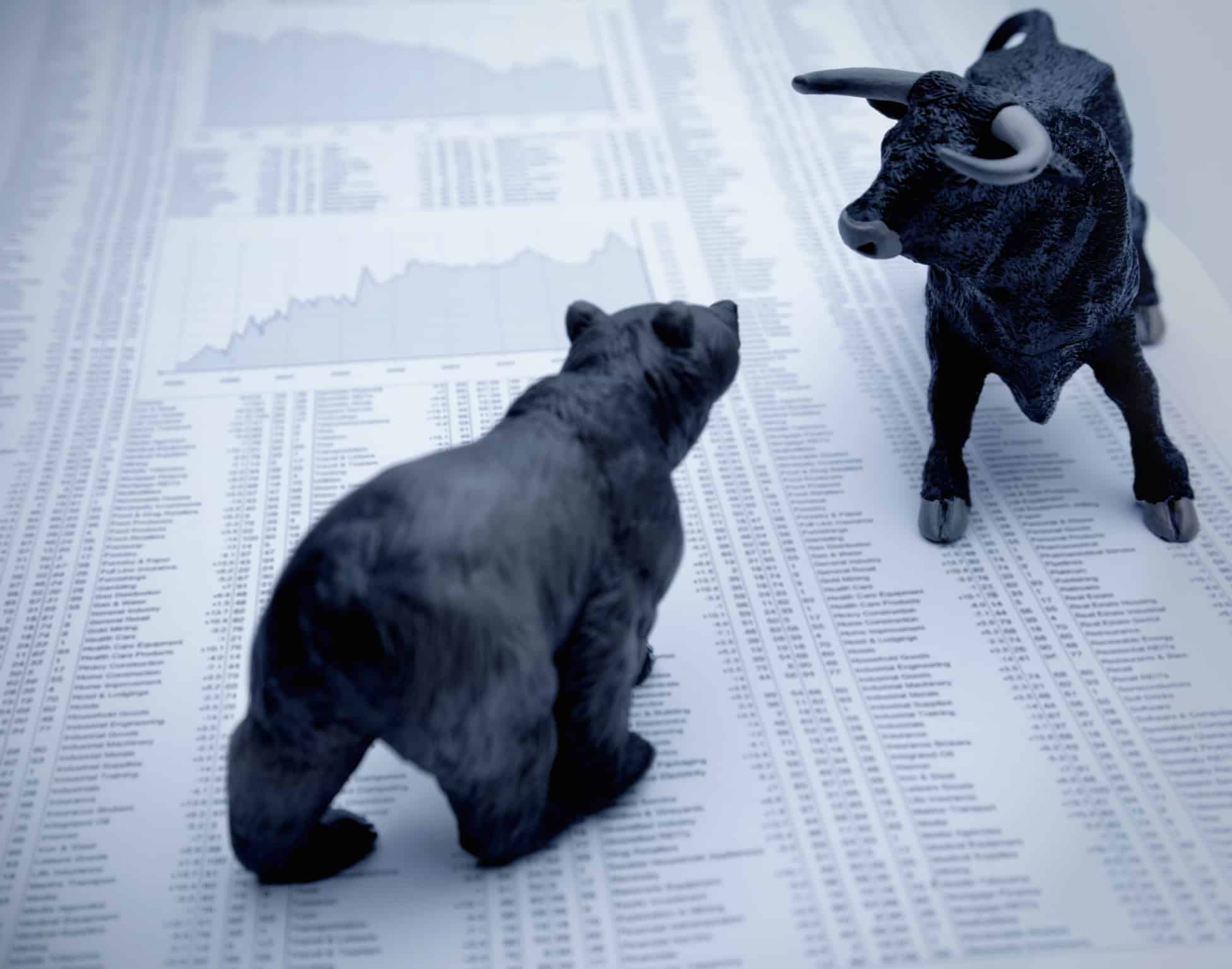Investors generally feel good about the market when stock prices are going up. They end up putting more money in as prices go higher. When stock prices fall, especially when they fall hard in a bear market, investors feel butterflies in their stomachs and are reluctant to put their hard-earned savings in the market for fear of seeing the value of their stocks decline substantially. It’s precisely the volatility in these bear markets that every Canadian investor should embrace for long-term wealth creation.
When accumulating shares of quality companies in bear markets, investors are actually taking a lower risk, although it may feel like the opposite. And the thing is, investors can manage their risk by targeting blue-chip stocks that have staying power and durable profits. Here are a couple of examples for illustration purposes.
RBC stock example
From the peak prior to the global financial crisis, Royal Bank of Canada (TSX:RY) stock traded as high as $60 per share. In the trough of the recession, the stock lost as much as 55% from that peak. Even if you only invested in the stock after it recovered to its more normalized levels (which was a price-to-earnings ratio of about 12) at roughly $45 per share in mid-2009, you would still have grown your money 3.5 times by now.
Despite a less-than-ideal economic outlook with relatively high inflation and higher interest rates such that RBC stock has traded in a wide sideways range in the last couple of years, the stock still trades at about $124 per share today. From the $45 level, the annualized returns are north of 9.6%. This is a good long-term return for a defensive stock that’s especially suited for conservative investors.
Investors should note that since the Global Financial Crisis, RBC’s earnings have been largely resilient. Its diluted earnings per share only fell 11% in fiscal 2020, were flat in fiscal 2022, and fell 5% in fiscal 2023. These are all manageable setbacks that the bank can recover in subsequent years thanks to its brand recognition, leading market positions, and diverse financial products and services offerings.
The Canadian bank stock further rewarded its investors by raising its dividend by 2.2% last month. In a healthy year, the bank tends to increase its quarterly dividend every six months or so. At the recent quotation, RBC stock appears to be fairly valued and offers a safe dividend yield of approximately 4.4%.
Brookfield stock example
A way to embrace bear market volatility right now is through Brookfield (TSX:BN). Like Royal Bank, Brookfield is a financial services stock, but the latter falls under the asset management industry. Although Brookfield doesn’t give reassurance with a nice dividend yield like Royal Bank, it does offer a growing dividend. For your reference, its 10-year dividend-growth rate is 8.6%.
Importantly, when investors are able to buy it at a low, they could potentially come out with outsized long-term price appreciation. In this sense, holding both RBC and Brookfield shares in one’s diversified portfolio could be a good balance of income and growth.
Brookfield is a more complicated business, so the stock is more of a rollercoaster ride than RBC stock. It owns and manages commercial properties (primarily office and retail real estate), renewable power and infrastructure assets, and private equity.
If you had bought Brookfield shares in mid-2009 and held through the volatility, by now, you would have grown your money by 7.7 times. In other words, the annualized return would be about 15% per year. It suggests that taking greater risk in Brookfield could deliver higher returns in the long run.








